The Basics

Population: 4.3 M
Area: 56 594 km2
Capital: Zagreb
Summer Olympic Medals: 23 (6 G-7 S-10 B)
Winter Olympic Medals: 11 (4 G-6 S-1 B)
Popular sports and History
One of the states that achieved independence during the desegregation of the Republic of Yugoslavia, some Croatian national teams even preceded the declaration of liberation (June 1991) for a few months, playing under their country’s flag since 1990. The Croatian Olympic Committee, though, was only founded in September of 1991 and a few weeks later the athletes were already marching in Albertville, France – on the opening ceremony of 1992 Winter Olympics – draped in red and white. Since then, for a country of four million inhabitants, Croatia has amassed an impressive collection of Olympic honours, but we’ll start our journey with a sport that hasn’t been able to compete on that iconic stage.
Despite crashing out of every Olympic qualification, football is Croatia’s most popular game and the national team, the Vatreni (“The Blazers”), have made up for it on other major events. Building on several members of the country’s Golden Generation, which had previously helped Yugoslavia to the Under-20 World Cup triumph in 1987, Croatian football reached its highest point in the 1998 World Cup, finishing in third place carried by the goals of Davor Šuker, the tournament’s top goal scorer, and the sumptuous play of the likes of Zvonimir Boban, the former AC Milan Maestro, or FC Barcelona and Real Madrid alumni Robert Prosinečki.

The Croatian squad that finished third in the 1998 World Cup
Two years before, in the 1996 European Championship, the talented squad had been ousted in the quarter-finals but Croatia’s competence hasn’t dwindled with the pass of times, since a rejuvenated group reached the same stage of the 2008 Euros. Croatia has qualified for every major tournament since 1996, except for the 2000 European Championship and the 2010 World Cup, and a new breakthrough is just around the corner for a nation that regularly churns out players destined for the continent’s top outfits.
However, at the club level, the window of success is way more limited. Dinamo Zagreb, the perennial Champions, have conquered 11 Croatian titles in a row (and 18 in total), yet have only appeared in the Champions’ League group stages in five occasions, bowing out early. Winners of the 1966-67 Inter-Cities Fairs Cup (finalists in 1963), the only European Cup conquered by a Croatian club, Dinamo dominance is only disputed by their eternal rivals, the six-time national Champions Hajduk Split. A club founded by a group of displaced students on a tavern in Prague (Czech Republic), Hajduk can hang over their foes the unmatched presence on the quarter-finals of the UEFA Champions League in 1994-95, where they were defeated by eventual Champions Ajax Amsterdam. NK Osijek and HNK Rijeka are the two other clubs that have never been relegated from Croatia’s top division, the Prva HNL, while NK Zagreb was the Champion of Croatia in 2001-2002, the only title that eluded both Dinamo and Hajduk.
Croatia has a penchant for strong efforts in team sports and football isn’t even remotely the most notable model. Take the example of the men’s national handball team, one of the finest in the World. Twice Olympic champions, in 1996 and 2004, bronze medallists in London 2012 and World Champions in 2003, the Croats are a feared power that contends for every major competition, having been defeated in the finals of 1995, 2005 and 2009 World Championships (the last one held at home), and at the 2008 and 2010 European Championship. CB Ivano Balić, the IHF World Player of the Year in 2003 and 2006, P Igor Vori, RW Mirza Džomba or GK Venio Losert were leading names on those squads and are renowned legends of the sport. Coincidentally, the women’s national team has qualified for most international tournaments organized since 1994, but is yet to reach the semi-finals and challenge for a medal.

Croatia’s Ivano Balić, for many the greatest handball player of all-time
Every edition (1992-2016) of the Croatian Handball League (plus 23 of 25 National Cups) has been secured by RK Zagreb and the club has extended the supremacy to the European stage on occasion, playing six EHF Champions League finals and winning twice, consecutively in 1992 and 1993. However, in the Yugoslavian days, the dominant force was another, RK Bjelovar, European Champions in 1972 and finalists the following season. On the women’s side, Rukometni Klub (RK) Podravka Koprivnica almost replicates the male’s panorama, having obtained the Championship in every season since 1993 save for 2003-2004. Their own European crown was achieved in 1996, a year after losing the competition’s final.
Just like their compatriots, the Croatian basketball team also boasts a decorated history, permeated with international laurels. A few months after independence, Croatia stunned the world by getting to the final of the 1992 Barcelona Olympics, where USA’s “Dream Team” was on another stratosphere, but that achievement wasn’t a fluke, as Croatia placed third on the 1993 and 1995 EuroBasket and also left with the bronze medal of the 1994 FIBA World Championship. Three-time NBA Champion Toni Kukoč, one of the first foreign players to succeed in the NBA, was an integral part of those squads, but unfortunately the same cannot be said of the late Dražen Petrović, the outstanding sharp-shooting guard that died tragically in a car accident in June 1993, at age 28, right at the peak of his career.

Dražen Petrović (red) takes on Michael Jordan during the 1992 Olympic Final between Croatia and the USA
Croatia’s results on major competitions suffered since the end of the 90’s, as the country only appeared in one the last four Olympics (2008) – before qualifying for Rio de Janeiro – and missed the 1998, 2002 and 2006 World Championships, with the only remarkable performance in the last two decades being the 4th place in the 2013 EuroBasket. The Women’s national representation qualified for the Olympics for the first time in 2012.
The heyday of Croatia’s basketball teams in Europe naturally overlapped the nation’s best talents, with five Euroleague Championships traveling to the country in less than a decade. Košarkaški Klub (KK) Split triumphed in 1989, 1990 and 1991 with a team led by Toni Kukoč and Dino Rađa, while the KK Cibona Zagreb of Dražen Petrović snatched the trophy in 1985 and 1986, adding also the FIBA European Cup Winner’s Cup in 1982 and 1987. Cibona has a record 18 Croatian Championships but its supremacy has been challenged recently by KK Cedevita Zagreb, who won three of the last four national titles and four of five National Cups.
Completing the quartet of sports where Croatia is a prominent European nation is water polo, with the national team, nicknamed Barakude (“The Barracudas”), amassing a plethora of honours in recent years. At the top of the heap is the Gold medal conquered at the 2012 Olympic Games, but the group also came home with victory in the 2007 FINA World Championships and the 2010 European Championships, to which should be added the World League title in 2012. Croatia lost the final in this competition in 2009 and 2015, and was also runner-up in the 1996 Olympics, 2015 Worlds, and 1999 and 2003 Euros, placing third in the 2009, 2011 and 2013 Worlds. Uff…

The Croatian Water Polo National Team that won the Olympic Gold Medal in 2012
Meanwhile, at the club level, the résumé is no less impressive, with Croatian outfits collecting a total of 13 LEN EuroLeague Championships, seven of those courtesy of HAVK Mladost (in 1968, 1969, 1970, 1972, 1990, 1991 and 1996), the Zagreb-based team that was named the sport’s Best Club of the 20th century. Mladost also boasts ten Croatian titles, a number bested by Dubrovnik’s VK Jug, a twelve-time National Champion and four-time European Champion (1981, 2001, 2006 and 2016). VK Jadran, from Split, was twice European Champion in 1992 and 1993.
Far away from the importance of the four team sports described above but still worthy of a mention are futsal, volleyball and ice hockey. The Croatian Futsal Team is an emerging squad in the European scene, having qualified for the last three continental Championships and finishing fourth in 2012, on the event the country organized. They’ve only qualified for the World Cup once, in 2000, reaching the second round of the tournament held in Guatemala.
The men’s volleyball team never took part on the World League, World Championships or Olympic Games, but was the runner up on the 2006 and 2013 European League, while the women’s crew appeared on the 2000 Olympics and competed in the final of 1995, 1997 and 1999 European Championships. However, the clubs have achieved bigger heights, with HAOK Mladost Zagreb contesting the final of the CEV Champions League three times apiece on the men’s and women’s side, with the ladies winning in 1991. Moreover, OK Dubrovnik secured the women’s competition in 1998.
As for ice hockey, the game is chiefly popular in the interior regions of the country despite the national team being an afterthought at the continental level. Medveščak Zagreb won the Yugoslav Hockey League three consecutive times from 1988 to 1990, but is best known for his current involvement on the Kontinental Hockey League (KHL), the 2nd best hockey league in the World, allowing fans to watch regularly some top-level players.

Blanka Vlašić, one of Croatia’s most influencial athletes in this century
Three of the six Olympic titles achieved by Croatia on the Summer Olympics came from their team representations, but there’s no doubt the country has also been blessed with great talents in individual competitions. One of the most recognizable faces is track-and-field star Blanka Vlašić, who excelled as the best high-jumper in the World from 2007 to 2011, winning, among others, two World Championships (2007 and 2009) and an Olympic silver medal (2008). With a personal best of 2.08m that falls just 1 cm short of the World Record, the IAAF 2010 World Athlete of the Year has seen her career hampered by injuries since 2012, as her star has been slightly overshadowed by Sandra Perković, the 2012 discus throw Olympic Champion.
Meanwhile, tennis is another sport where the country has regularly produced top players, which has contributed to three Olympic bronze medals. Goran Ivanišević collected two in Barcelona 1992, in singles and doubles (with Goran Prpić), but is main accomplishment is being the only person to win the men’s singles title at Wimbledon (2001) as a wildcard. He was also a member of the 2005 Davis Cup winning squad, even if the campaign was primarily built on the back of former World Number 3 Ivan Ljubičić and Mario Ančić, a pair that also medalled on the double’s event of the 2004 Olympics. On the women’s side, Iva Majoli triumphed at Roland Garros in 1997. Today, the country’s tennis legacy is shored up primarily by 2014 US Open Champion Marin Čilić.

Goran Ivanišević with the 2001 Wimbledon men’s singles trophy
At this point in the journey, we’ll make a brief interlude to celebrate some of the paramount athletes born in what is now Croatian soil but was for much of the 20th century part of Yugoslavia. Their feats are a bit concealed since they were obtained under another flag, but the Croatian people still revere those athletes as their own. Hailed as the Croatian sportsman of the 20th century, boxer Mate Parlov was an Olympic gold medallist in 1981, and a European and World Champion both as an amateur and a professional, while Matija Ljubek won four medals total between the 1976 and 1984 Olympics as a sprint canoeist, to which he added ten podiums in the World Championships. The case of Đurđica Bjedov is even more special, as she is the only Yugoslav Olympic champion in swimming, finishing first on the 100m breaststroke in 1968.

Table Tennis player Zoran Primorac is still representing Croatia at age 47!
Later, with a career that bridged the gap between Yugoslavia and the years after the independence, pops out the name of table tennis player Zoran Primorac, a 1988 men’s doubles silver medallist with a career that spans more than two decades (1986 to 2007) of podiums in international competitions. Primorac’s success came on the heels of the magisterial career of “the golden left hand of Croatian sport”, Antun “Tova” Stipančić, who won 27 international medals, 11 from World Championships and 16 from European Championships.
As for weightlifter Nikolaj Pešalov, he competed for Bulgaria and Croatia and added plenty of silverware for both nations’ mantle in various categories. An Olympic Champion in 2000, just a few months after obtaining the Croatian nationality, he also won silver in 2004, thus matching the number of Olympic honours he offered to the country of his birth during the 1992 and 1996 editions.
The portfolio of sports that have contributed to the 23 medals gathered in just six editions of the Summer Olympics is inspiring and demonstrates the versatility of a country that proudly boasts world-class athletes in sports such as rowing, taekwondo, swimming, sailing, wrestling and shooting, the most recent addition to the golden bliss with Giovanni Cernogoraz’s Olympic title in London.
Notwithstanding the extension of this chapter, it would be a major oversight to wrap up without touching on the country’s success at the Winter Olympic, which is almost entirely grounded on the work of the Kostelić family. In 11 medals, all but one was credited to Ivica Kostelić and his little sister, the legendary Janica Kostelić.

Former Alpine Skier Janica Kostelić holds the four medals collected at the 2002 Winter Olympics
A three time overall World Cup winner, Janica is the most successful female alpine ski racer in the history of the Winter Olympic Games, since she’s the only woman to amass four gold medals in total, and three in a single edition, taking the slalom, giant slalom and combined events of the 2002 Salt Lake City Olympics. Forced to retire in 2007 (at age 25) due to injuries, her adaptability resulted in a total of 30 victories in World Cup races, six Olympic medals, five World Championships medals, and the distinction as one of the handful of athletes to win World Cup events in all of the sport’s five disciplines.
As for Ivica Kostelić, a four-time Olympic silver medallist encompassing the editions of 2006, 2010 and 2014, he was the overall World Cup winner in 2011, and at age 36 is still racing. The eleventh Croatian medal in the Winter Olympics belongs to biathlete Jakov Fak, who conquered it in the Men’s sprint of the 2010 Vancouver Games just a few months before deciding to start competing for Slovenia.
Star Athletes
Josip Pavić (Water Polo)
In 1992, with Croatia’s independence still fresh in the memory of the population, VK Jadran Split won its first ever Champions League title, sending an entire city into a frenzy and remodelling the dreams of a generation of kids. One of those children was a 10-year-old Josip Pavić, whose allegiances moved on from football in a pinch, and the future has certified the choice of the former Hajduk Split novice. A “lean and lanky” boy with long arms, he was quickly put in front of the pool-stationed goal and climbed the youth ranks to debut on the senior squad as a 17-year-old. Five years later, with an economics degree in the pocket, he left his hometown to join HAVK Mladost looking to consolidate his place on Croatia’s national team.

Josip Pavić celebrates Croatia’s triumph in the 2012 Water Polo Olympic tournament
His breakthrough performance came in the 2005 World Championships, where he was deemed the competition’s best goalkeeper, and for the more than a decade Pavić has been the mainstay for Croatia through thick and thin. The highs of the 2007 World title or the 2010 European success secured in front of a boisterous Zagreb audience, and the lows of a disappointing quarter-final defeat to rivals Montenegro in the 2008 Olympics. And, obviously, the enthralling experience of becoming an Olympic Champion in London 2012, where Pavić’s performance merited the 2012 FINA Water Polo Player of the Year award.
Yet, a few months after touching the sky, the Split-native was caught on a miserable situation: Mladost, the sport’s most heralded club, neared bankruptcy following the main sponsor’s loss and the whole team played virtually for free for more than a year. Even with his personal accolades, and despite conquering a single national championship in 10 years, Pavić stuck with the club until his contract expired in the summer of 2015, when he joined Olympiacos, the perpetual Greek Champions. The 34-year-old finally padded his trophy case with the national double, but the elusive Champions League sceptre was snatched in the final by his former foes of VK Jug, who conquered the first European Cup for a Croatian club in 10 years.
The charismatic 195 cm goalie is still hoping to achieve at the club level the some degree of success obtained for Croatia’s national team, but he won’t disregard the recognition he recently got news off: Josip Pavić will be Croatia’s flagbearer at the Rio de Janeiro opening ceremony.
Sandra Perković (Athletics)
The four-time Croatian sportswoman of the year (2012-2015) is just 26 years old but you wouldn’t have noticed it looking at the résumé of the Zagreb-native, a precocious winner on a discipline, the discus throw, that calls for a polished physical and technical development that takes years to master. A star in the making since the youth international meetings, Perković first major senior event were the 2009 World Championships, where the 19-year-old arrived as the youngest in the entire field. Already the Croatian national record-holder with 62.44 m, she finished in ninth and set the stage for what would happen a year later.
After pinning the world-leading mark of 66.85m earlier in the season, Perković became the youngest European Champion ever in the event at Barcelona, and only a doping suspension put the rails on her upwards trajectory since then. In 2011, she tested positive for a psychostimulant present in an American-made energy drink, and was slapped with a six-month ban, yet Perković rebounded to have a marvellous 2012 season. She surpassed the 68 meters mark, retained her European crown and threw 69.11m in London to become the first Croatian track and field athlete to guarantee an Olympic gold medal.

Discus Thrower Sandra Perković fires up the crowd during the London Olympic Games
Already at the top of her discipline, she conquered her maiden World Championships in 2013 and added a third and fourth European titles in 2014 and 2016, as she’s now just the third female athlete in history to win four back-to-back European titles. Perković personal best stands currently at 71.08 m (Zurich, 2014) and it isn’t impossible she can threat the Olympic record of 72.30 (Martina Hellmann, 1988) or even the World landmark of 76.80 (Gabriele Reinsch, 1988), two results under suspicion because of East Germany’s veiled sports methods.
The Croat icon, who’s also a member of the national parliament following the 2015 general elections, will reach the Rio de Janeiro Olympics hoping to reclaim global supremacy, having being toppled at the 2015 World Championships by Cuba’s Denia Caballero.
Domagoj Duvnjak (Handball)
The center back position is absolutely crucial on a successful handball side, essentially defining every move on attack and occupying the heart of the defensive scheme, and Croatia has been especially blessed since the turn of the century. Ivano Balić was a maestro unlike any other – being considered by many the best player in the history of the sport – but the man filling his shoes is also exceptional.
Domagoj Duvnjak was born in Đakovo in 1988 on a family of handballers, and he soon accompanied his father, the coach of RK Dakovo, to work, debuting for the senior squad at age 16. Two years later, Duvnjak was already the Croatian league’s best scorer and heavyweights RK Zagreb snapped the youngster towards the capital city, where he would win three League titles and three National Cups. Meanwhile, Duvnjak was taken under the wing of Balić on the national squad, having debuted in 2007 and been part of the roster for the 2008 European Championships, where Croatia placed second.

Domagoj Duvnjak is the leader of Croatia’s handball national team
In 2009, the 21-year-old signed for Handball-Bundesliga’s outfit HSV Hamburg for a transfer fee of €1.1 million, becoming the most expensive handball player in history, and he’s been an elite performer in Europe’s top-league since then, being awarded the player of the season award in 2013. At Hamburg, Duvnjak won the Champions League in 2013, the German Cup in 2010 and the Bundesliga in 2011, breaking the supremacy of giants THW Kiel, the club he would join in 2014 and eventually lead to the title in his first season.
For Croatia, Duvnjak assumed the reigns after the 2012 Olympics – where the country conquered a bronze medal on Balić’s farewell – and his central role on the 2013 World Championships would prove decisive to reach the summit of the sport. A member of the tournament’s All-Star Team despite Croatia’s third place, Duvnjak capped an MVP-worthy season for Hamburg by willing the club to his maiden Champions League title, which sealed his nomination as the 2013 IHF World Player of the Year.
A tenacious 1.97m mastermind with outstanding agility, flair, pace and offensive versatility, Domagoj Duvnjak is one of handball’s premium players, and someone whose career is only missing an international title with his country after many close calls. At age 28, there’s still time to tackle that void, maybe this summer at Rio de Janeiro.
Other Athletes: Luka Modrić, Ivan Perišić (Football), Ivica Kostelić (Alpine Skiing), Marin Čilić (Tennis), Blanka Vlašić (Athletics), Andrea Penezić (Handball), Bojan Bogdanović (Basketball), Filip Ude, Marijo Možnik (Gymnastics), Giovanni Cernogoraz, Snježana Pejčić (shooting), Šime Fantela, Igor Marenić (Sailing), Lucija Zaninović and Ana Zaninović (Taekwondo), Valent Sinković /Martin Sinković (Rowing)
Venues
Despite the proliferation around Europe of brand-new national stadiums, infrastructures capable of handling all the organizational requirements (television, media/press capacity, security, VIP boxes, accessibilities, roofed seating) necessary to host events in this era, Croatia is yet to advance decisively for a substitute to the Stadion Maksimir, the long-time home of Dinamo Zagreb and the national football team.
Opened in 1912, the Maksimir – a place that also shares deep political connotations with Croatia’s struggle for independence – has undergone multiple makeovers over the decades, assuming his current layout in 1998, when the capacity for football was set at around 38,000. Long before that, one of the semi-finals and the third place match of the 1976 European Championship was held there, as also happened with the 1987 Summer Universiade, which isn’t exactly a glittering list of internationally relevant sports events for such an antique venue. But I’m sure Dinamo Zagreb fans will reminisce about countless title celebrations when the building eventually gets replaced…

An overview of the Stadion Poljud in Split
Moving on to Split, the 35,000-seats Stadion Poljud is a much more interesting setting, starting by his seashell-like design with roofed stands that allows for excellent views of the surroundings. Erected in 1979 for the Mediterranean Games, the original capacity was reduced with the introduction of seats but didn’t obscure its inherent beauty and ambience. Equipped with a tartan track, the home of football’s Hajduk Split welcomed the 1990 European Athletics Championships and the 2010 IAAF Continental Cup, as well as some matches of the national team.
The only other Croat stadium than can hold over 20,000 is the Stadion Gradski vrt in Osijek. The building’s construction started in 1949, but works were stopped several times and the stadium was only opened in 1980. Renovated and repaired twice since then, it is the home of NK Osijek and occasionally receives the national team, making use of the total capacity of 22,050, from which 19220 can be seated.
Croatia’s stadiums may be generally old and patched up, but the country’s indoor sports arenas are at a superior level, with several venues being added in the last few years, mainly due to the organization of international handball tournaments. The crown piece is the Arena Zagreb, constructed to be the main venue of the 2009 World Men’s Handball Championship. Resembling a giant rib cage, it is part of a large shopping-entertainment complex, being used for diverse sports and also hosting concerts, exhibitions, conventions and fairs.

The Arena Zagreb from the outside, a landmark of Croatia’s capital city since 2008
Opened in December 2008, the Arena can accommodate up to 15,200 for handball/ ice hockey and 16 500 for basketball. The main tenants are handballs’s RK Zagreb and Medveščak of the Kontinental Hockey League, but competitions like the 2012 UEFA Futsal Championship, the 2015 Eurobasket or the 2013 European Fencing Championships have been held there to complement regular EHF Champions League and EuroLeague (basketball) matches.
Also opened in 2008 for the same reason, the Spaladium Arena is Split’s main sports hall, offering a capacity of 10,900 for sports such as basketball, futsal, and handball, with a few more fans afforded in concerts and boxing combats. The Spaladium is regularly used by KK Split, the city’s basketball club, and in the past received a tense Davis Cup (tennis) encounter between Croatia and Serbia, and matches of the Handball World Championship and European Futsal Championship.
The Krešimir Ćosić Hall, in Zadar, can also accommodate 10,000, and was likewise built in 2008, with KK Zadar, the town’s professional basketball team, currently taking care of the facility. As for the Varaždin Arena, the 5400 seats were kept warm by handball fans in 2009, but today the region’s basketball and volleyball enthusiasts are also welcomed on a regular basis. However, in 2018, the Varaždin Arena will once again be a focus of handball’s followers, hosting the European Championships alongside the Zagreb Arena, the Spaladium Arena and the Žatika Sport Centre, in Poreč, a hall that can accommodate 3700.

The Dražen Petrović Basketball Hall at full capacity during an EuroLeague match
Anyway, rest assured that Croatia didn’t exactly shut down all the former sites in 2008, and two of the remaining venues deserve a mention. The Dražen Petrović Basketball Hall, built for the 1987 Universiade, is still Zagreb’s basketball “Meca” and both KK Cibona and KK Zagreb make use of the 5,400-seats pavilion, while their rivals KK Cedevita perform at the squeaky Dom Sportova.
Erected in 1972, this venue features six halls (the two largest holding 6500 and 3100 spectators) and walls that saw several exceptional sports’ competitions over the years, including the final tournament of the 1989 EuroBasket, the 2000 European Men’s Handball Championship, the 2003 World Women’s Handball Championship, the 2005 Women’s European Volleyball Championship, and the 2008 and 2013 European Figure Skating Championships. Currently, beyond basketball, is also the regular home of ice hockey’s Medveščak Zagreb.
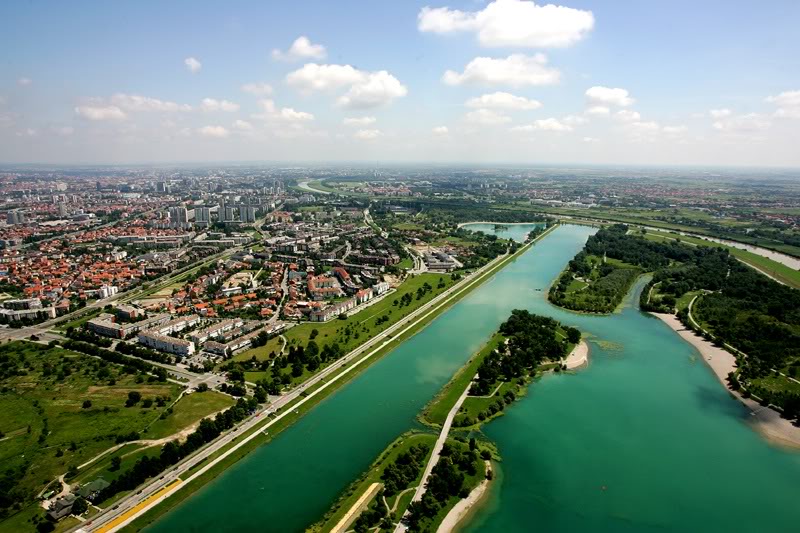
The regatta path at the Jarun Lake Recreation Centre, in the Sava River
Elsewhere around the capital city, the Jarun Lake Recreation Centre is a complex worth mentioning, since the area, situated on the Sava River, was redesigned to accommodate races of the 1987 Universiade. International rowing, canoeing and kayaking contests are regularly held at the 2250 metres long regatta path, with the 2012 Canoe Sprint European Championships and the 2000 World Rowing Championships functioning as prime examples.
The Sava River’s bank is also home to another popular sports complex called “Sports Park Mladost”. Among several world-class facilities like pools, tennis courts and outdoor fields for basketball, volleyball, handball, football and hockey, should be highlighted the stadium, which hosts an international athletics meeting every year, and the water polo venue, where the 2010 Men’s European Water Polo Championship was held.
Keeping up with the aquatic theme, we should reference Rijeka’s Bazeni Kantrida, the venue that hosted the 2008 European Short Course Swimming Championships. The capacity of the swimming complex is approximately 1,200 and water polo club VK Primorje plays its games there.

The picturesque location of the ITC Stella Maris tennis complex in Umag
The Croatia Open Umag, the ATP tournament held annually in Umag since 1990, makes use of the ITC Stella Maris tennis complex, whose stadium court has a capacity of 3,500 people, while another coastal town, Zadar, regularly welcomes international sailing championships to its harbour.
The country’s most important winter sports centre is located on the Medvednica mountain, just north of Zagreb. Sljeme, on the northern slopes, has hosted the Snow Queen Trophy, a FIS World Cup slalom skiing race, since 2005.
Yearly Events
The major teams in Croatia have adhered to the recent paradigm of club competition on Eastern Europe, and thus the powerhouses in basketball, handball and water polo participate in their sport’s version of the Adriatic League, professional leagues that pit the top clubs from the nations in the region before they join their scaled-down national championships in time for the playoffs. Basketball’s ABA League runs from October to March with the playoffs following, while handball’s SEHA League is contested between September and February, with the Final Four held in April. As for Water Polo, the Riglav Regionalna Liga is disputed from September to the end of January, with the Final Four occurring in March. In the meantime, these clubs also fight for the Continent’s major competitions.
The Croatian Football League starts in July and ends in May, enjoying a two month winter break from mid-December to mid-February.
For a summary of the rest of Croatia’s main yearly sporting events, look below:
Snow Queen Trophy (FIS Alpine Skiing World Cup Event), Alpine Skiing
Zagreb (Sljeme), January

The Snow Queen trophy course at Sljeme, near Zagreb
Tour of Croatia, Cycling
End in Zagreb, April
Artistic Gymnastics World Challenge Cup, Artistic Gymnastics
Osijek, April/May
Plitvice Lakes Marathon, Athletics
Mukinje (Plitvice Lakes National Park), June
Croatia Open (ATP Tour Tournament), Tennis
Umag, July
Divlja liga (Wild League), (Amateur) Water Polo
Dubrovnik, July/August
Hanžeković Memorial (IAAF World Challenge Meeting), Athletics
Zagreb, September
Mrduja Regatta, Sailing
Split, September/October
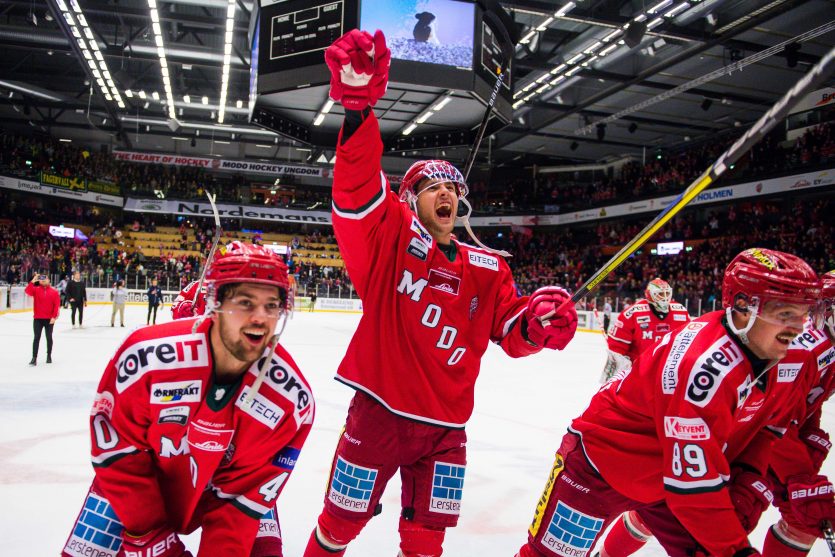
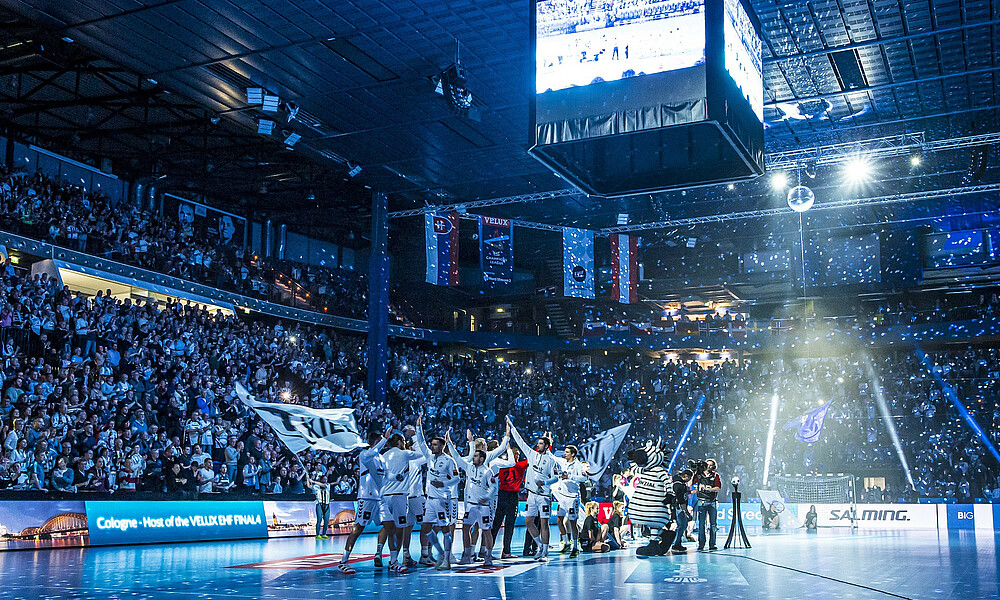
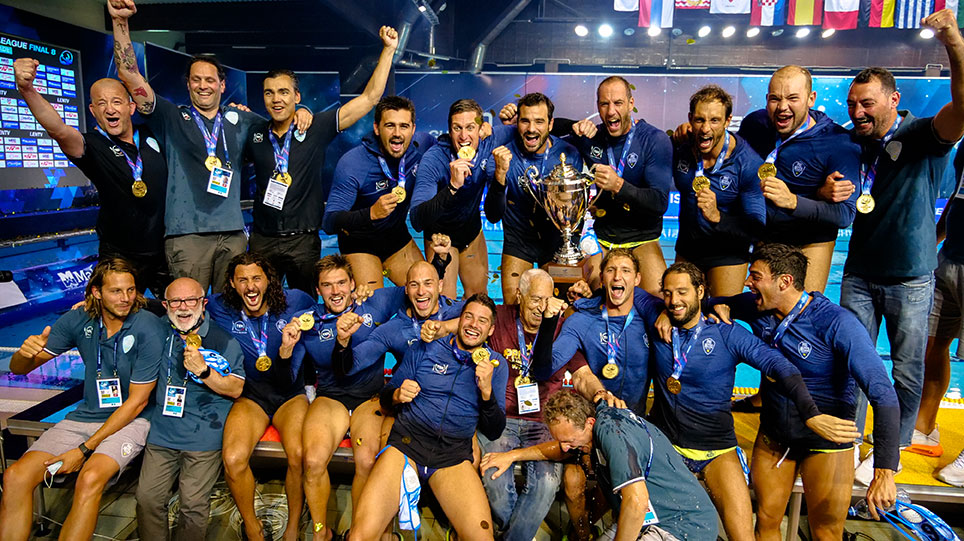

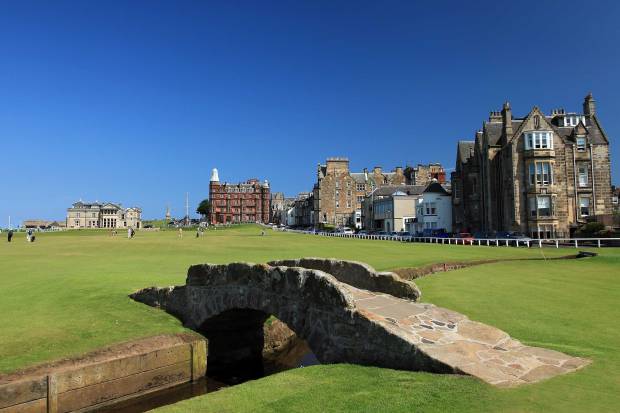

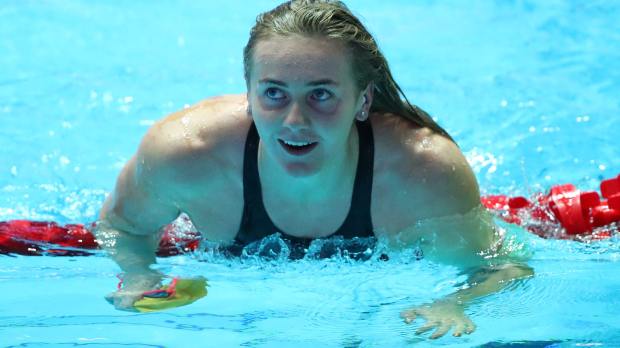
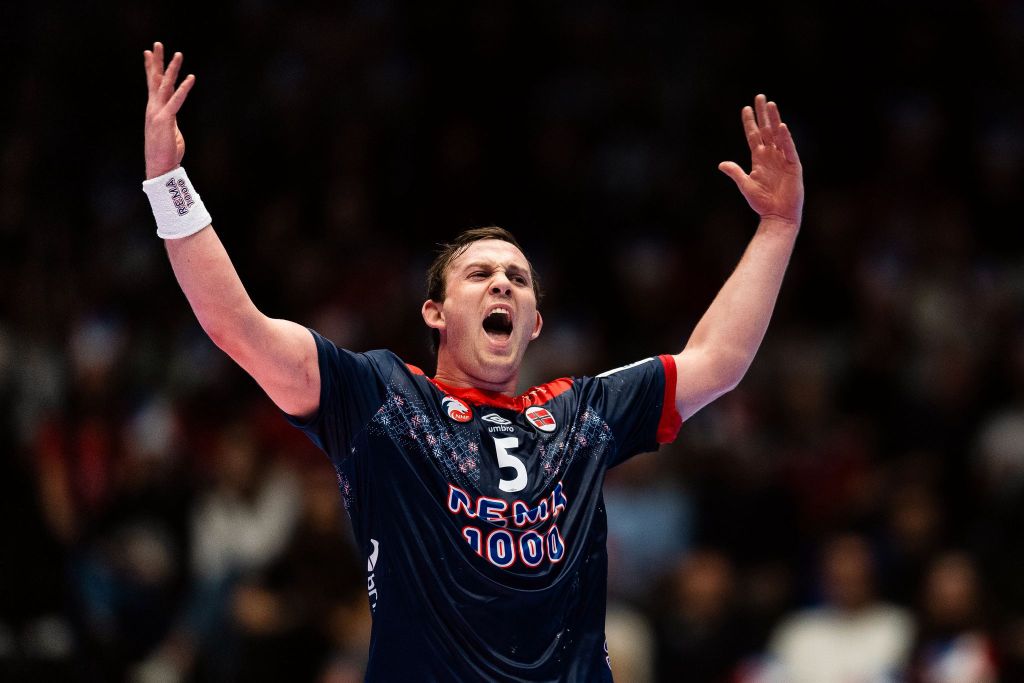


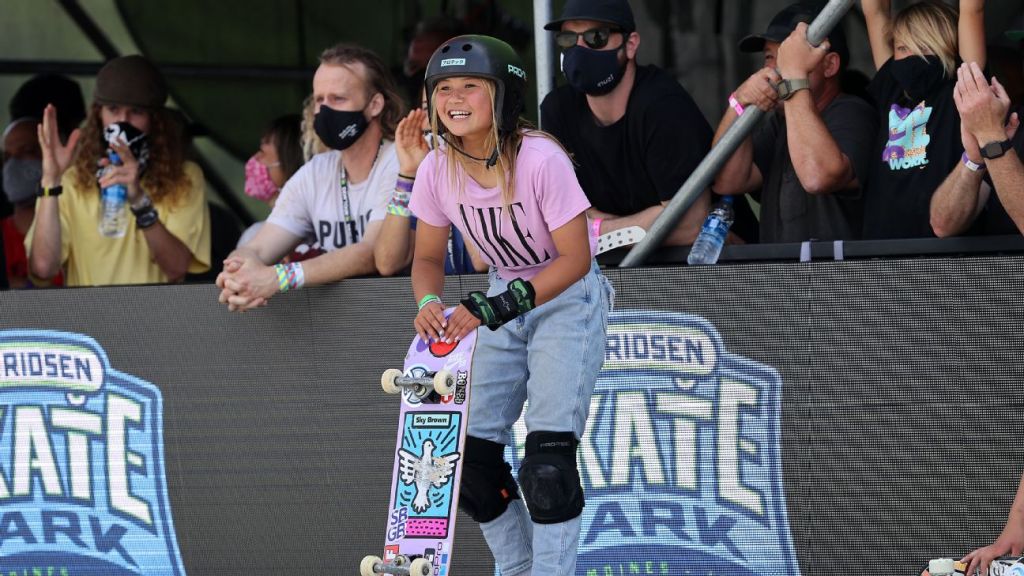




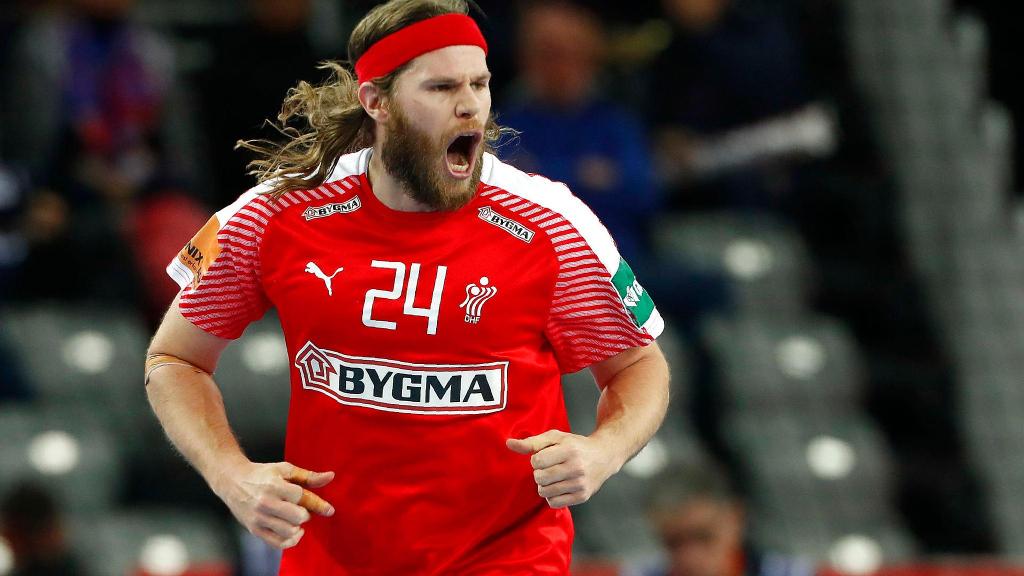


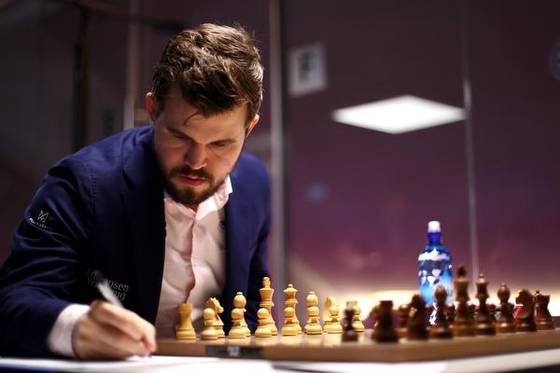
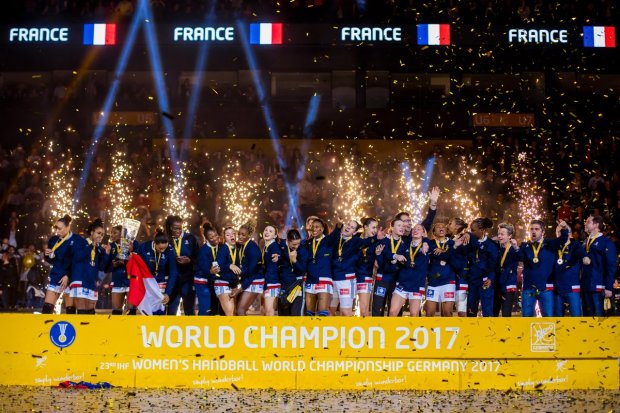

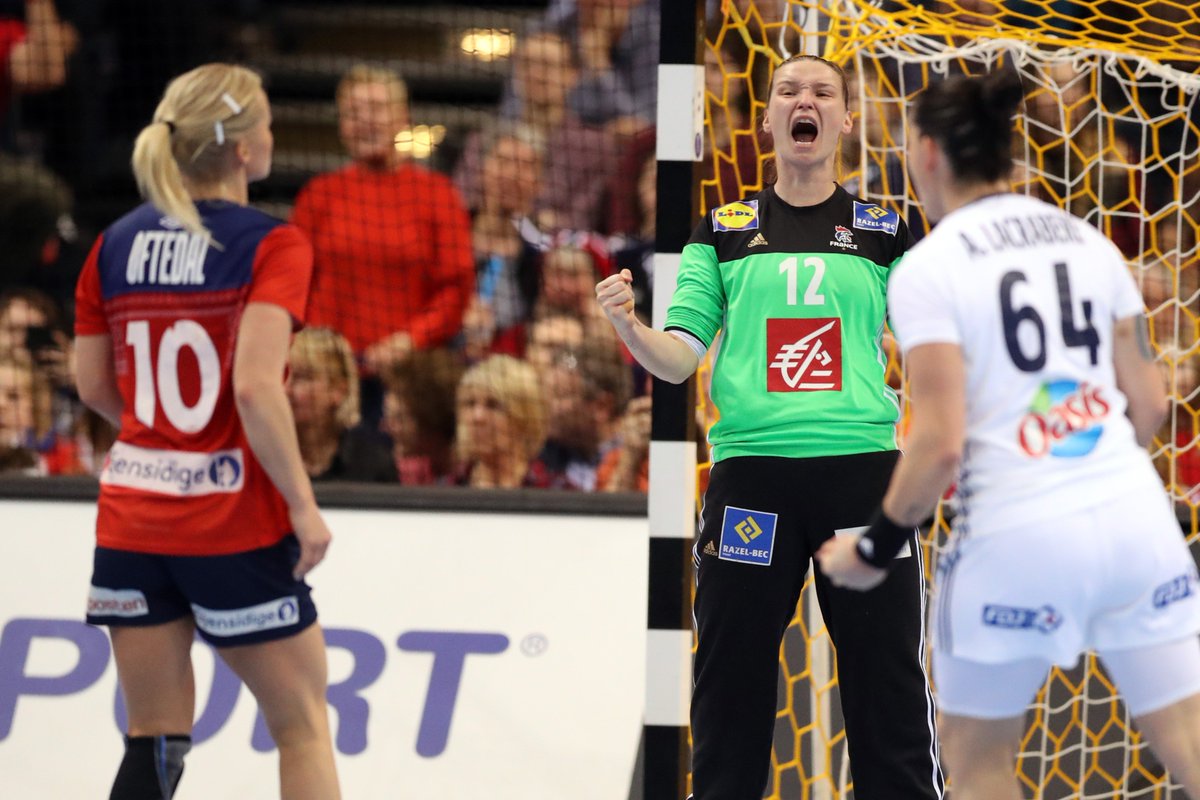






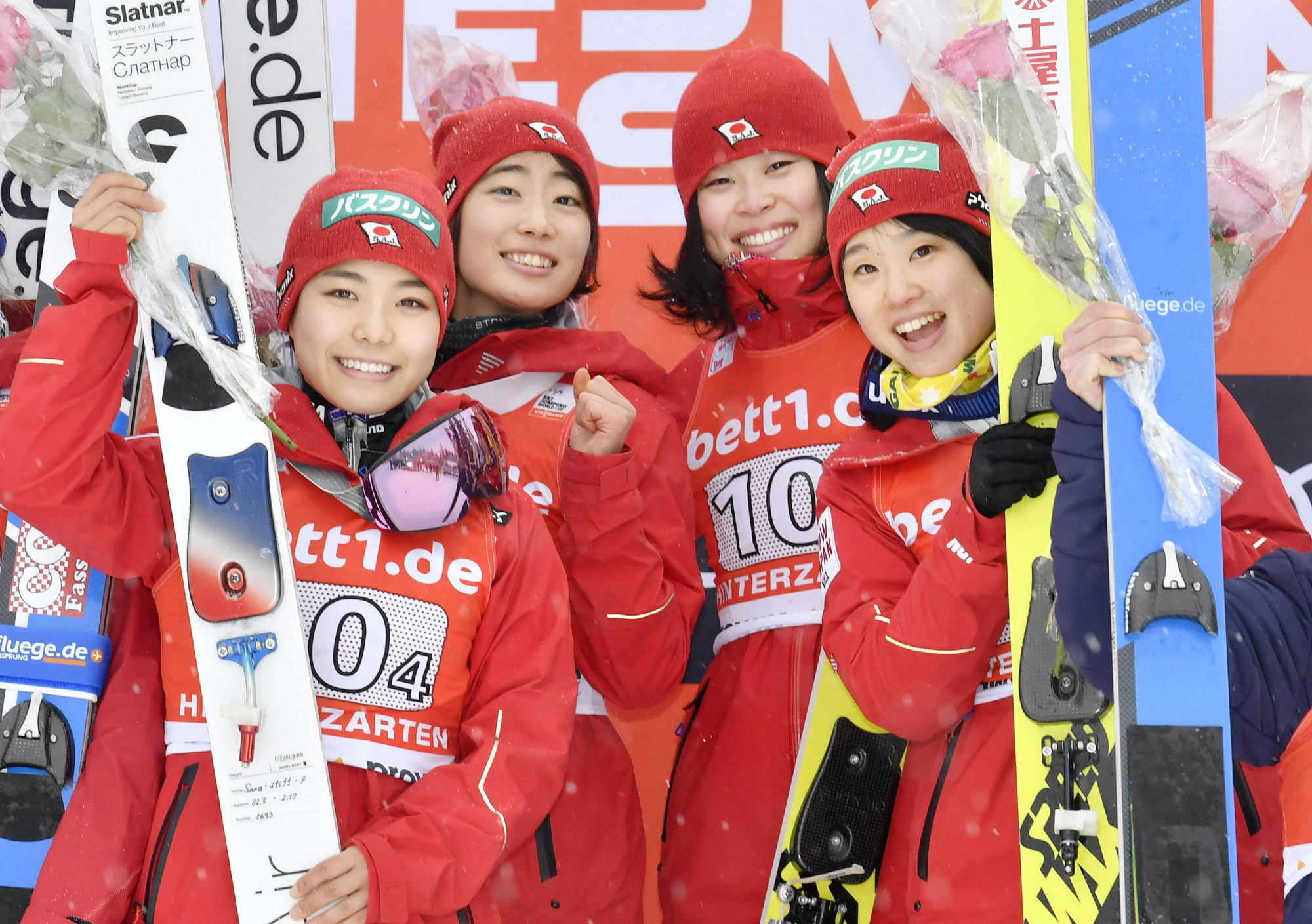

























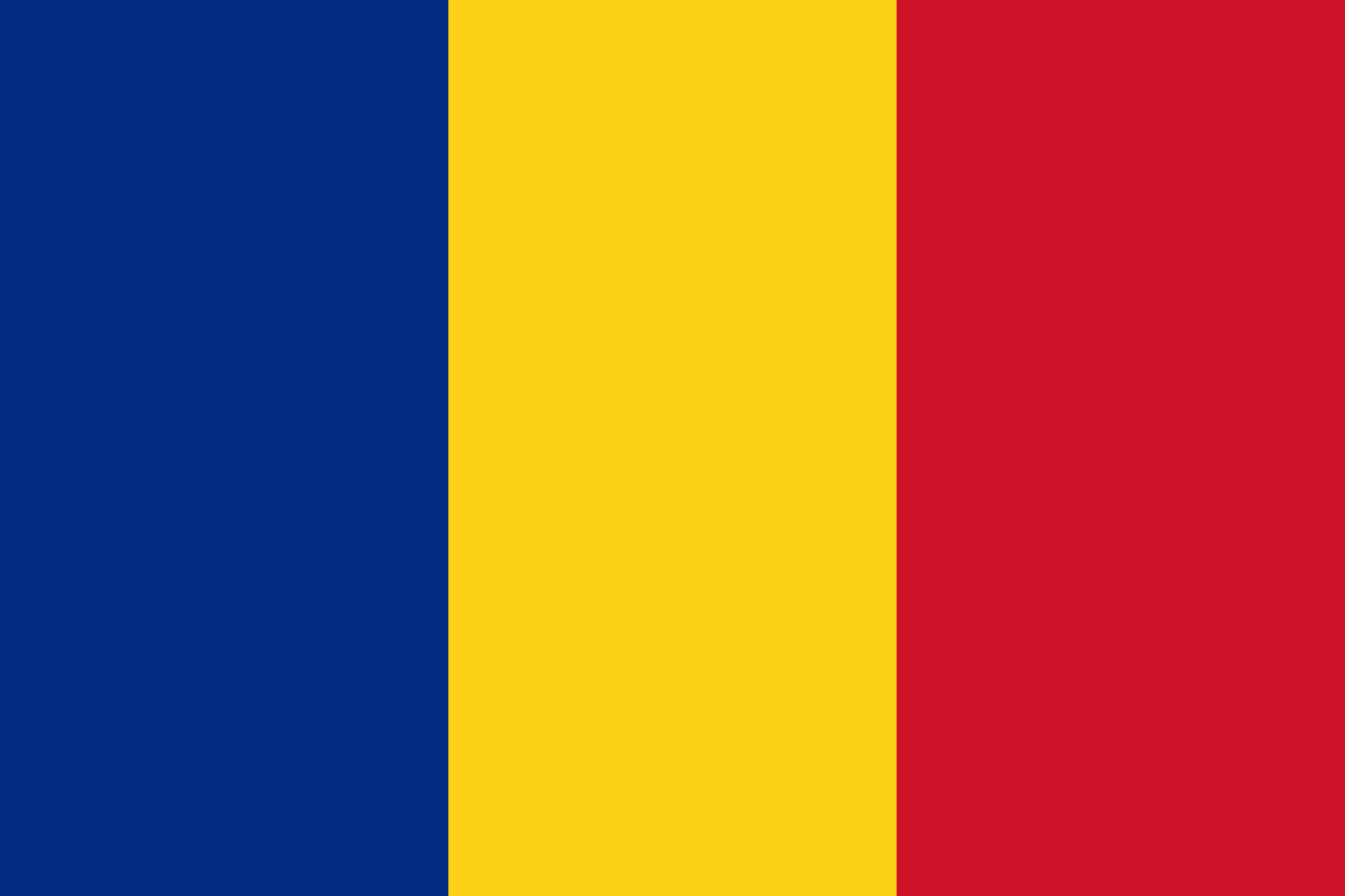 The Basics
The Basics





































